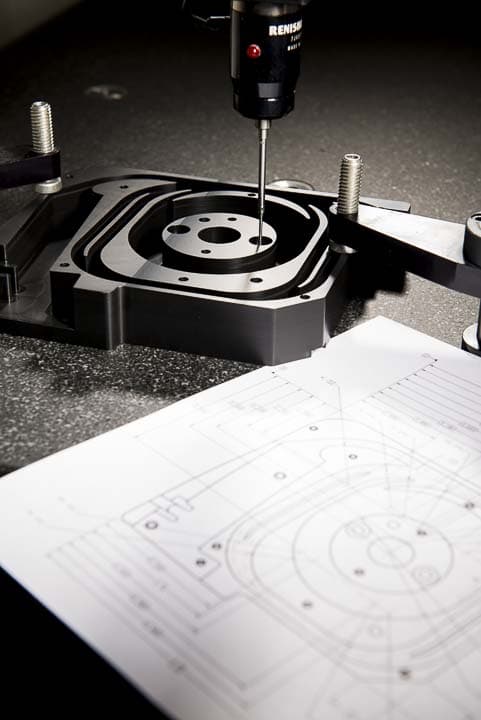Here's my input on the carbon fiber, although I agree it doesn't matter for this application.
In 3d printing, CF allows them to operate without creep at higher temperatures and creep less under sustained high loads, BUT, it also makes them much more brittle. This reduces your energy absorption before failure by a lot. (impact strength in other words)
In a theoretical situation, if you're manhandling the seat or something and set it down too hard on a curb, a magical curb that somehow manages to reach in there and whack it, it won't bend like a piece plastic as it absorbs and releases the energy because the modulus of elasticity of CF is way higher than that of the plastic around it. Instead it'll tear/pull the CF from the plastic around it as it undergoes deformation and thus the part loses all strength and is permanently destroyed. (the higher strength of the CF doesn't matter in this case as you have the kinetic energy of a 40 lb seat exerting its force on a tiny plastic bracket. It is going to deform)
You could also make them out of ABS or PETG, and while they aren't as brittle as PLA for example, they still don't have the ridiculous toughness of 3D printed nylon which is why I like to use nylon for a lot of stuff that I plan on attaching to something heavy or that might take big hits, even accidentally. Printed nylon can flex like crazy because the gap space in the infill allows it to collapse on the inner compressed surface rather than tearing/cracking on the outer strained surface like an injection molded nylon part. The "layer adhesion" aspect that people always gripe about for 3D printed parts is not notcieable if you have the proper settings in a heated build chamber. The fact that you have an object that isn't solid all the way through IS a reason for an object to be weaker, but can also be a major advantage in failure mode and the serviceability of the part after being crushed for example. Setting infill as high as 50% (which is a lot for 3D printing) can give a part a lot of strength but still retain its ability to deform way more than an equivalent injected molded part and still not fail outright.
Also, if you were 3D printing these yourself, the carbon fiber wears out nozzles a decent bit while regular nylon has basically no wear. So that would be another plus for regular nylon.
Again, there is no magical curb that could reach out and wack this particular bracket, but material properties are something to keep in mind for all parts. Temperature and creep resistance are the main reason to go to CF nylon, if you're using it because regular nylon wasn't strong enough you should go metal.
Since this bracket is very protected from accidental damage being on the underside of a seat, and little is demanded of it physically other than moderately high temperatures from being in a car, I would go with a PET variant (PETG, PETE, etc). It's easy to print and you don't need a fancy printer with a heated build chamber, is cheap (1/3-1/2 the cost of nylon), has a high enough temperature tolerances for a hot car, is tough enough to not crack from improper installation (overtightening the screws for instance) and doesn't smell bad while printing like ABS.


